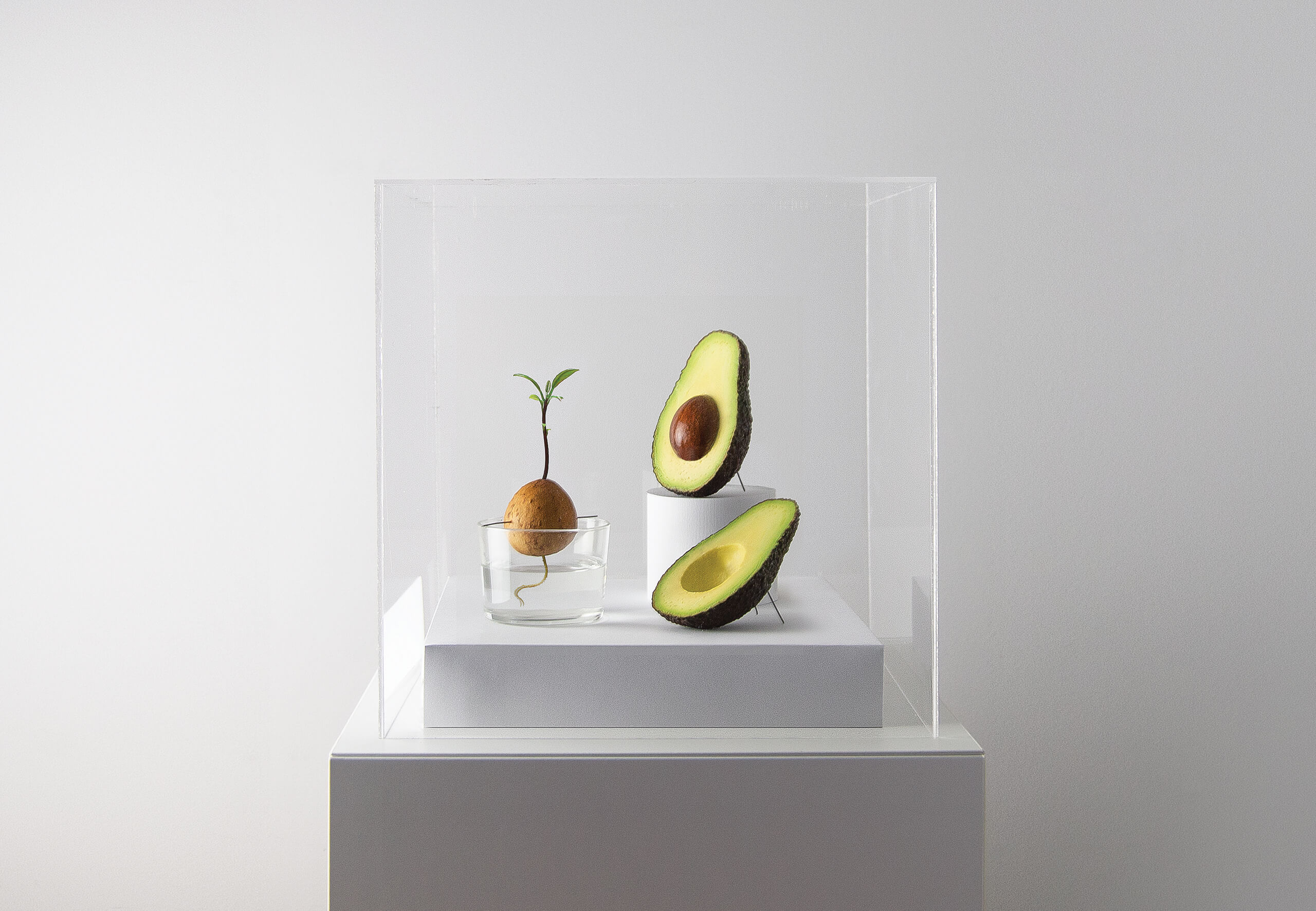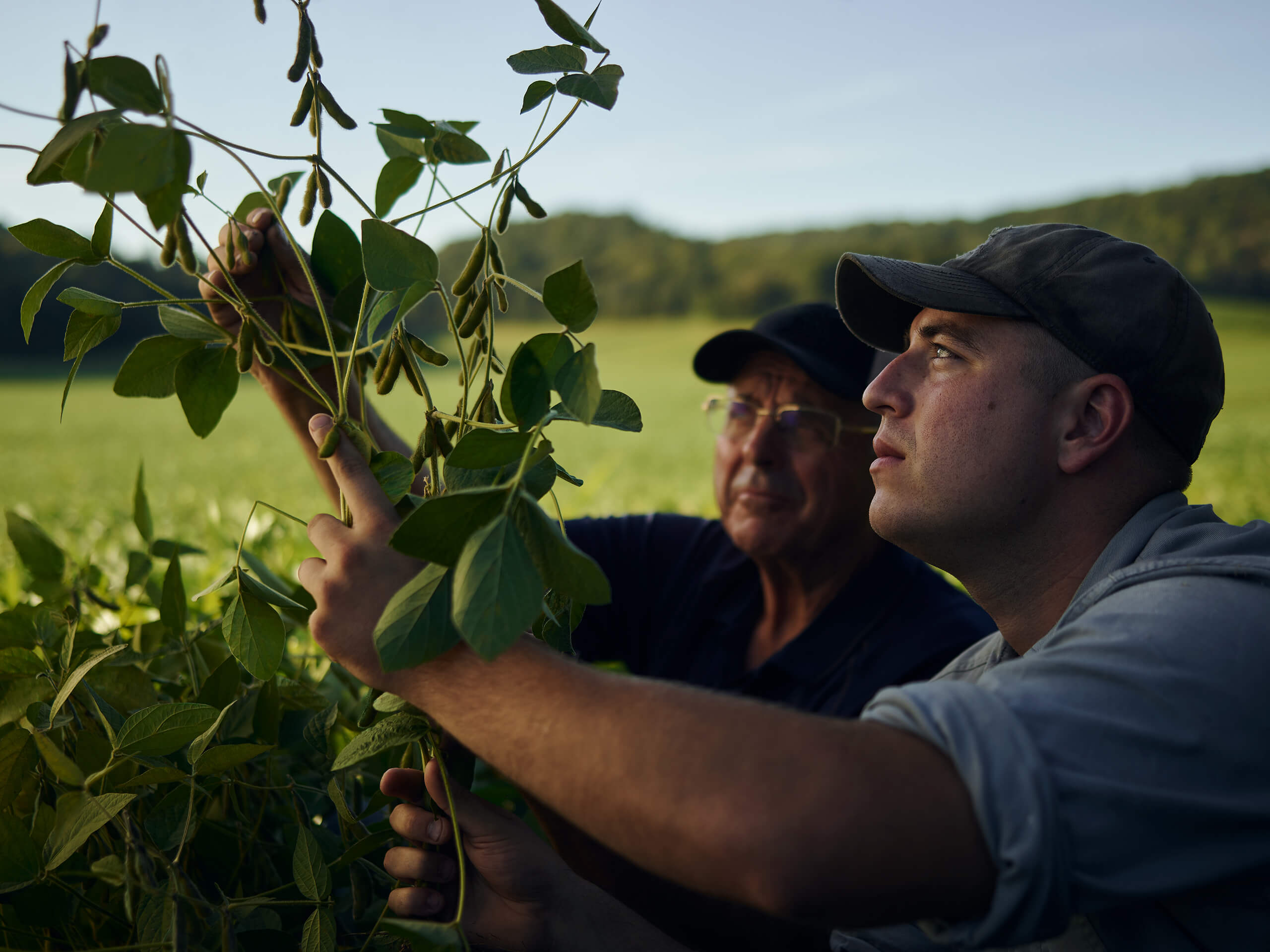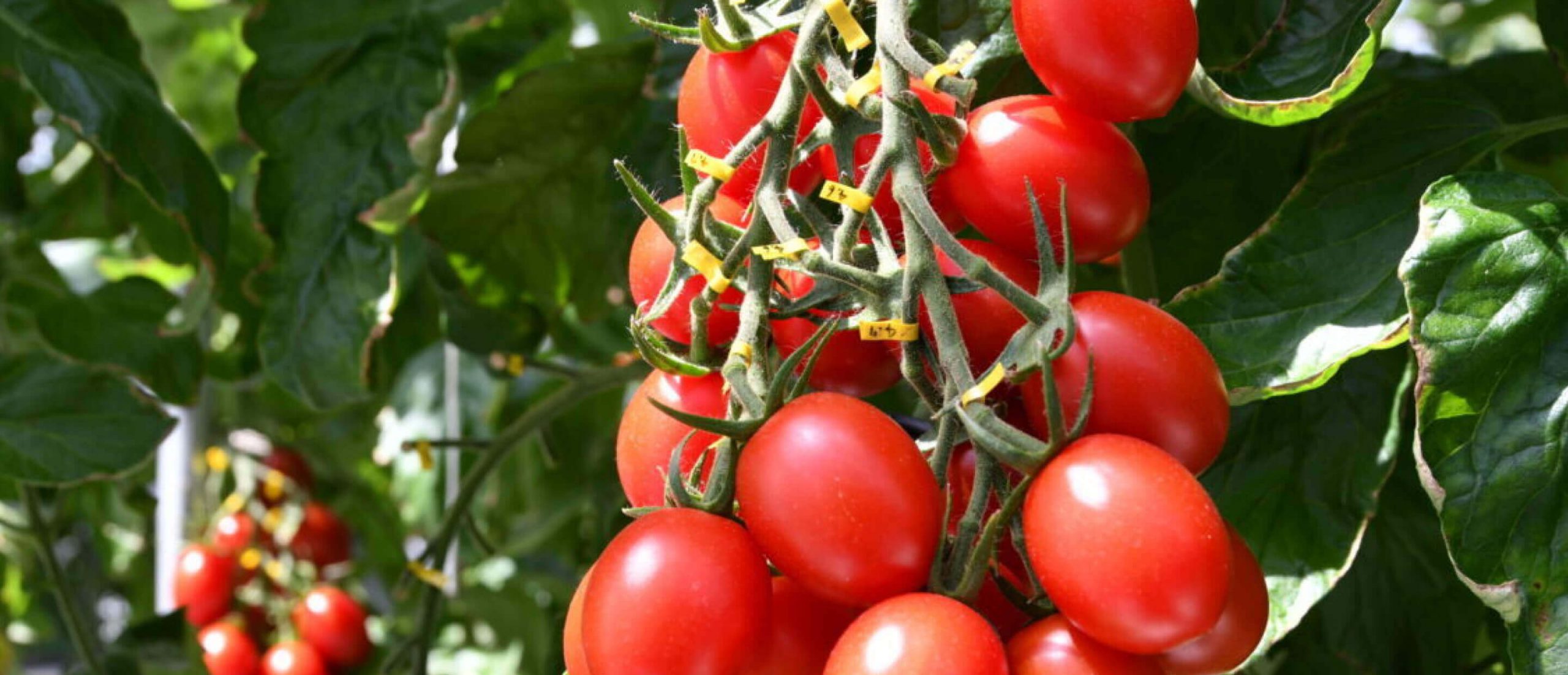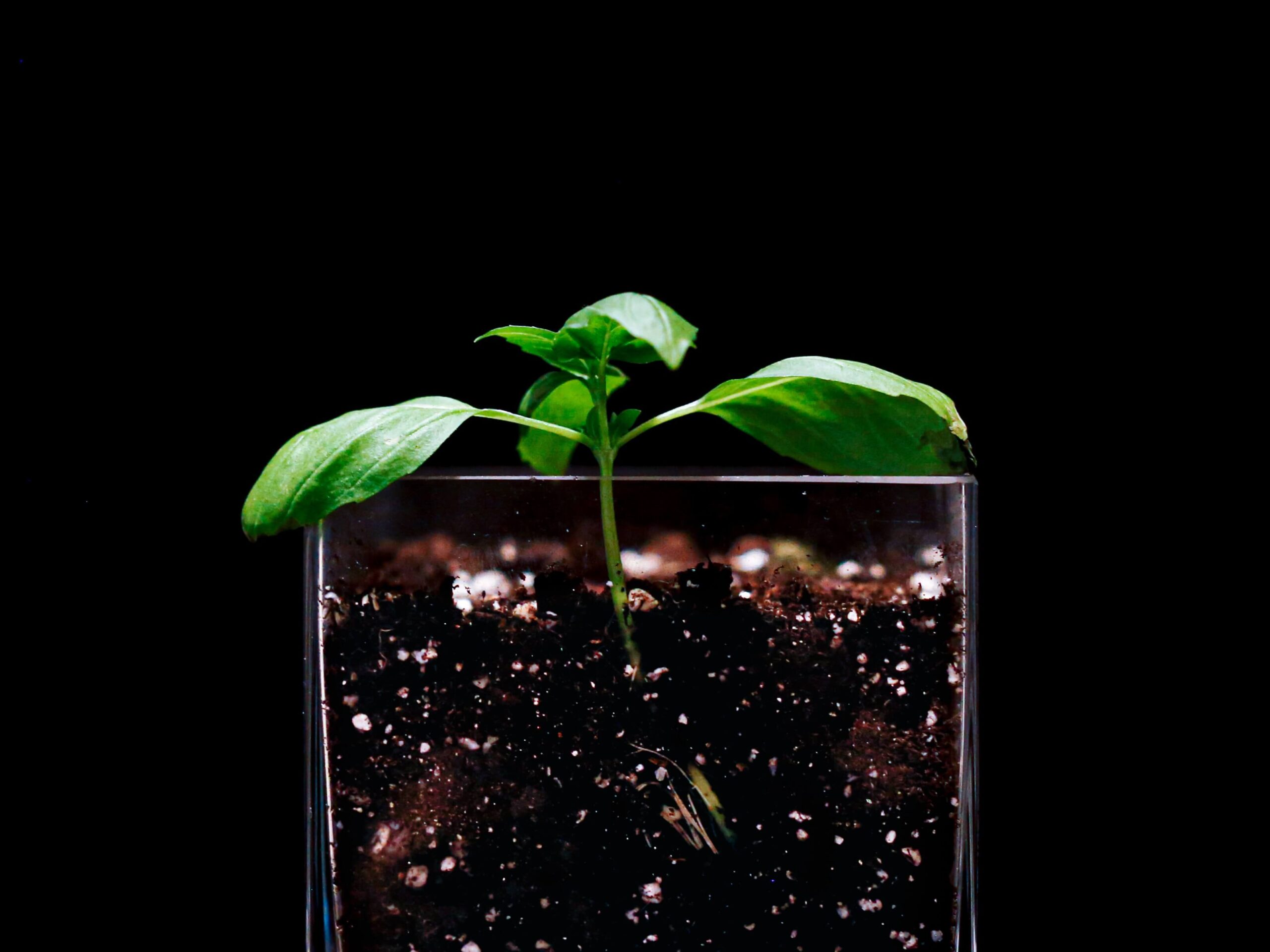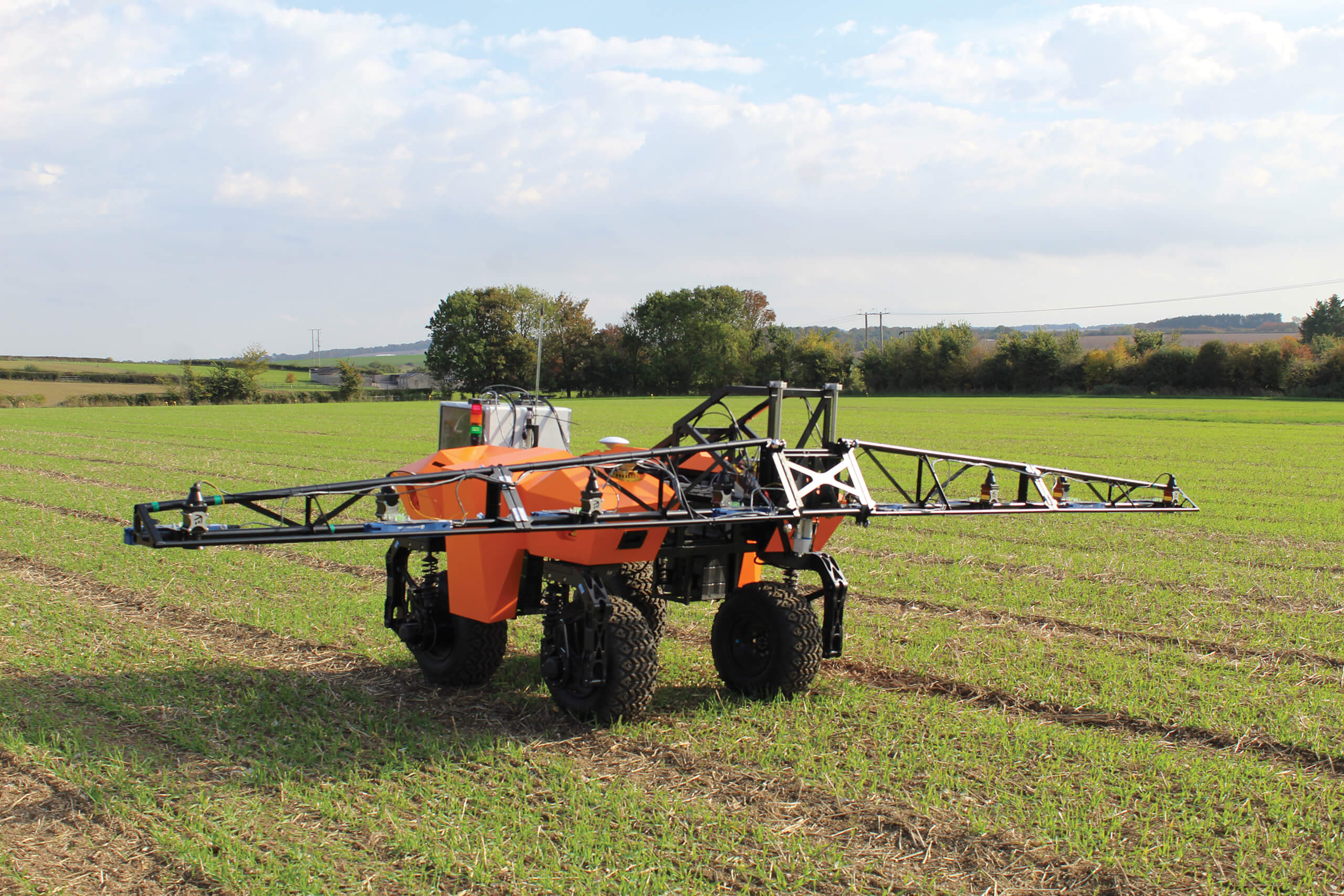
Farming is in the midst of a technical revolution, where data intelligence augments conventional wisdom in 2024.
Imagine a sprawling 5,000-acre farm in Wagga Wagga, Australia, where cutting-edge robotics and artificial intelligence not only boost crop yields but also slash carbon emissions. The future of farming isn’t just a vision, it’s unfolding right before our eyes.
Faced with financial challenges and the urgent need for sustainable agriculture, farmers are turning to ground breaking innovations to meet rising demand.
Thanks to a wave of new agtech tools and machinery, a future exists where robots roam the fields, data analytics optimize every decision, and precision agriculture fine-tunes crop care. This may be the route to dramatically cut costs and supercharge crop efficiencies like never before.
Unleashing the power of drones
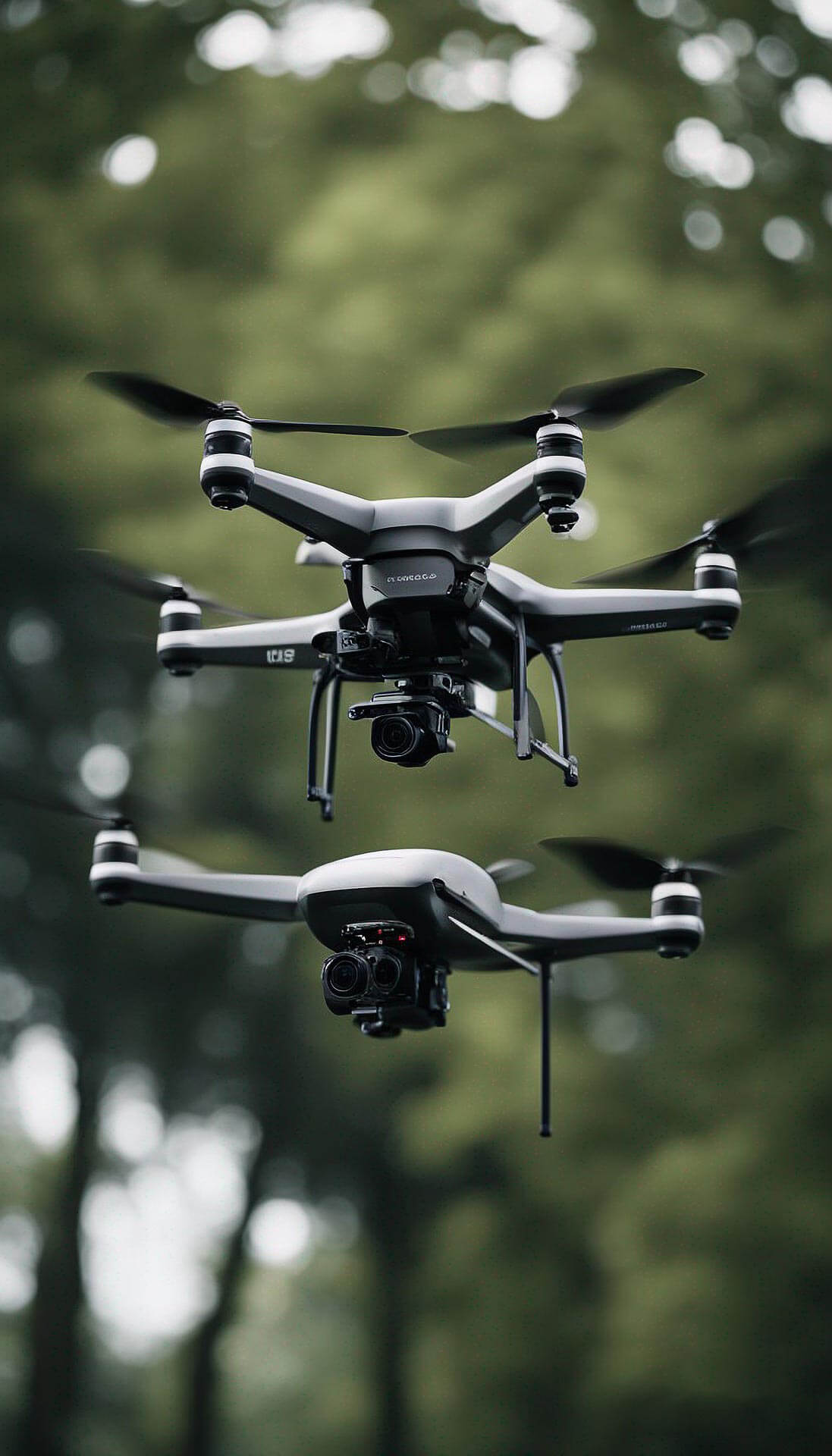
Drones, also known as Unmanned Aerial Vehicles (UAVs), can be predictable and precise. A far cry from their predecessors, today’s drones are equipped with cameras, sensors, and spray systems that can cover large areas at speed, even up to 15 acres per hour.
Farmers can deploy them for various agricultural tasks, including field surveillance, crop monitoring, and the application of fertilizers or pesticides.
Countries like the United States, Brazil, and Israel use drones for orchard pollination, improving yields by up to 60%. Other uses include real-time health monitoring of crops.
Drone expert Edwin Nichols explains: “Drones are able to go out, get the data and then spray a key section of the field with very little input from the farmer.”
While the initial investment can be substantial, drones allow for timelier and targeted interventions, reduced costs, and increased yields.
In the future, swarming technology coupled with advanced automation may lead to more self-piloting groups of drones working in tandem, in real-time.
How robots get the job done
The agricultural robotics market is expected to grow at a compound annual growth rate of 33% to reach $83 billion by 2030. Robots can now harvest, weed, and plant crops, as well as manage livestock.
Equipped with vision, these robots can identify ripe foods such as strawberries and harvest them without causing damage. Automated tractors can even be programmed to plow and sow while farmers oversee multiple machines remotely.
Farming is in the midst of a technical revolution, where data intelligence augments conventional wisdom in 2024. Farmers are increasingly captivated by robotics as a gamechanging solution to cut down on manual labor and boost efficiency in the field.
“The future is lots of small autonomous machines working across the farm.”
In the UK, the Small Robot Company offers farmers an agritech robot that claims to cut herbicide applications by around 77% and fertilizer by 15% in broadacre crops.
With many large farms already adopting digital management systems, a natural next step in transformative farming will likely be to plug in an array of autonomous agri-robots.
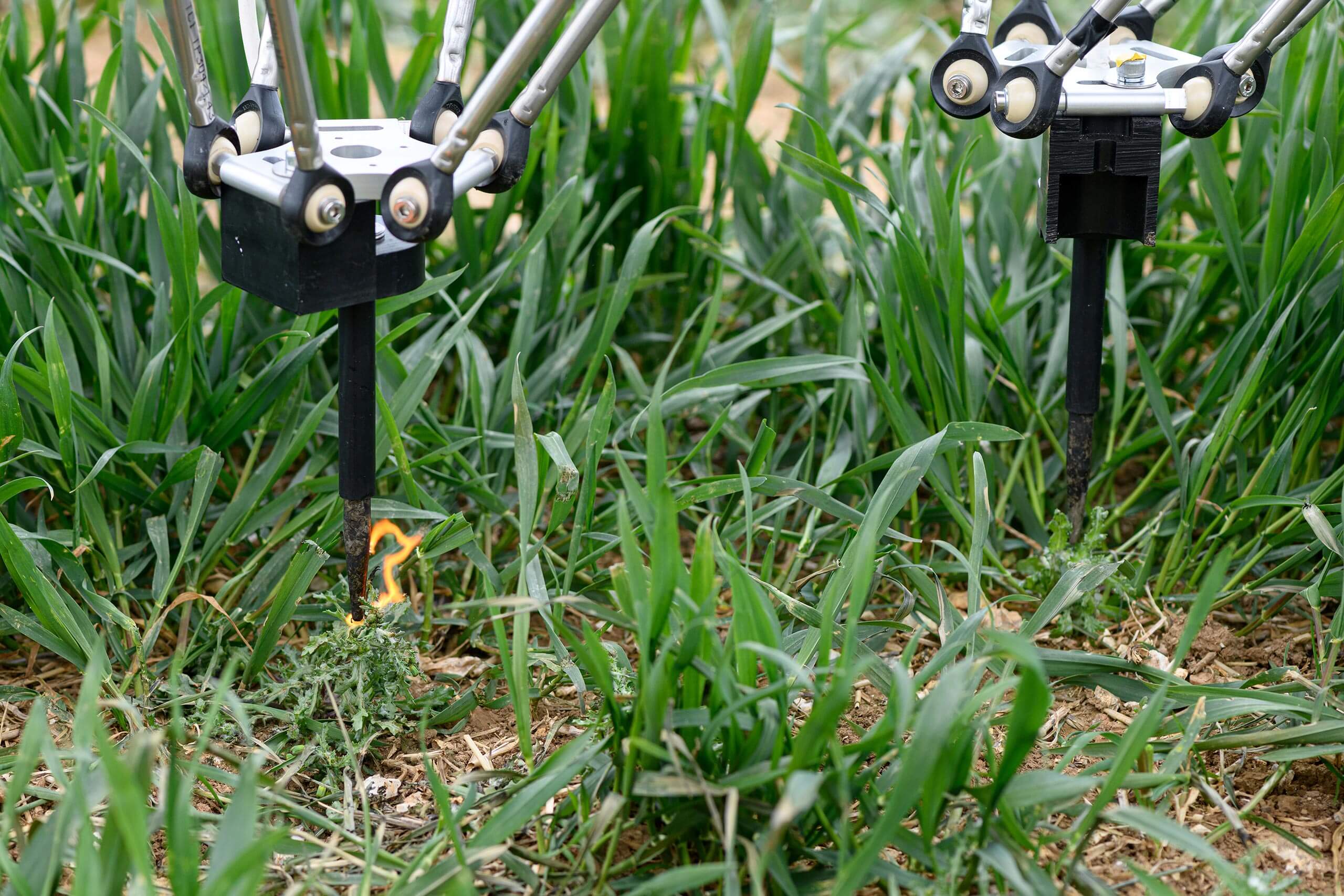
Robot targeting weeds in a crop and zapping them with electricity.
Source: Small Robot CompanySensors that enable precise decisions
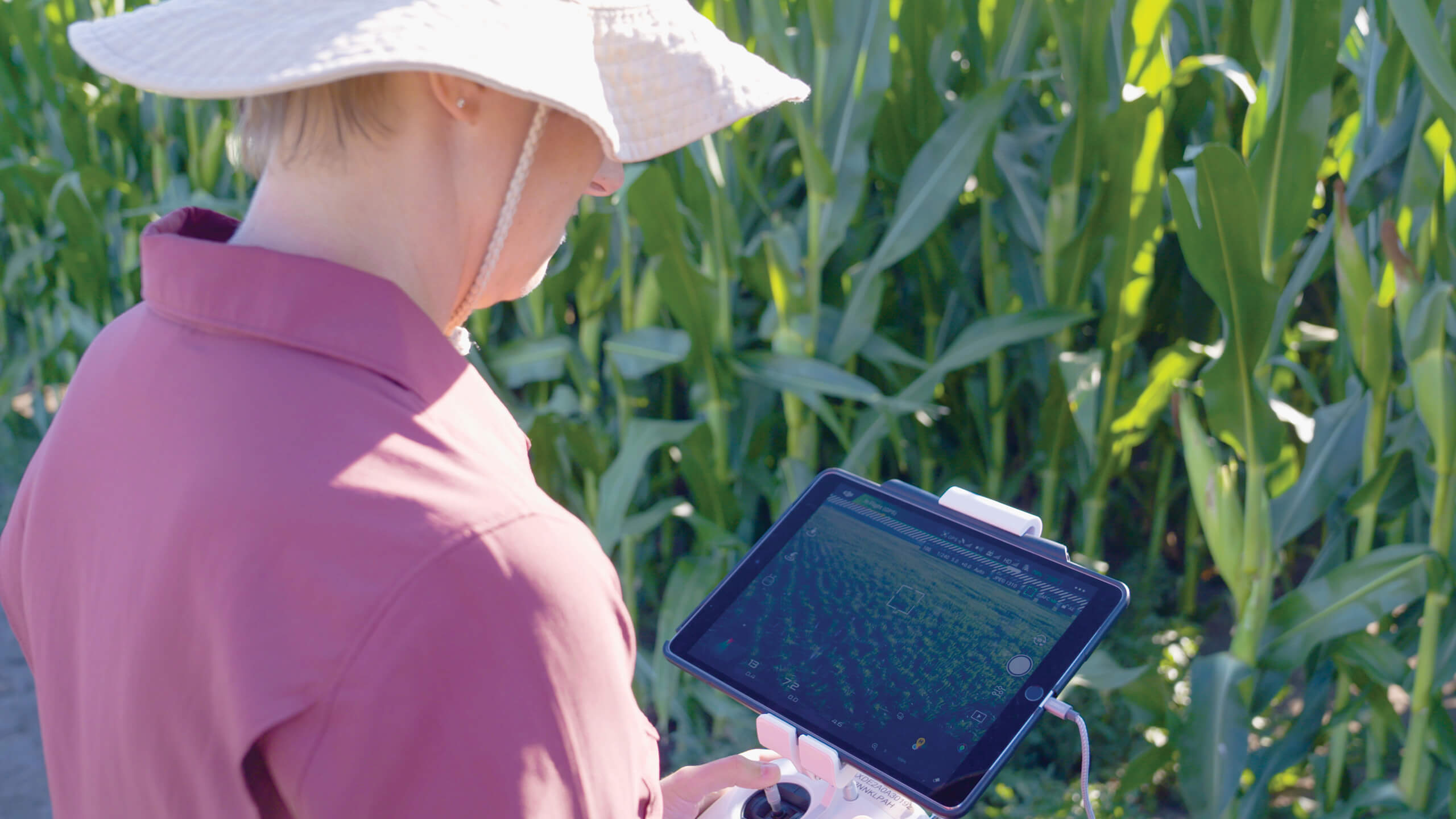
To optimize farming practices on a per-plant or per-square foot basis, farmers are turning to highly advanced and connected sensors that can track changing field conditions, monitor crop health, and offer unparalleled precision.
Modern sensors can optimize irrigation by measuring soil moisture, identify potential diseases or nutrient deficiencies in crops, and track livestock biometrics to manage grazing
and health outcomes. Adoption of these sensors is still low, at only 15%, according to a recent McKinsey and Company survey.
The complexities of managing large volumes of data, cybersecurity concerns, connectivity issues, and costs may be deterring some farmers. But as advanced tracking systems come to market and 5G becomes available to more farms, the payoffs are clear: the global agricultural sensor market is expected to double from 2024 through 2028 to $3.79 billion.
AI is the biggest opportunity in farming. It will provide high-speed intelligent decision-making support in real time. We’ll soon start to see a lot more AI in machines.”
Capturing new insights with artificial intelligence
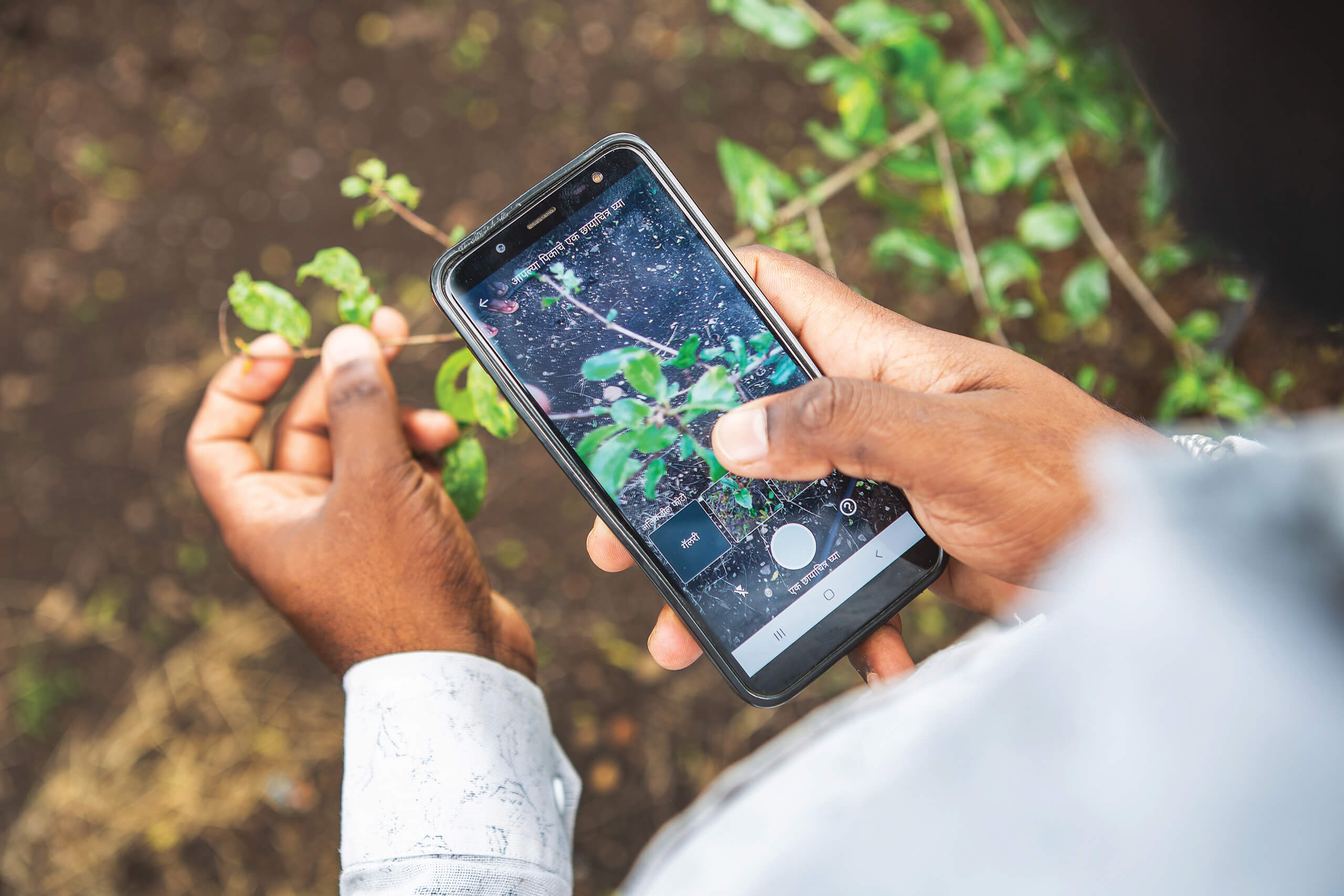
Advanced technologies, such as artificial intelligence (AI) and machine learning, help farmers make more informed, data driven crop management decisions.
In the US, John Deere’s See & Spray Ultimate is already commercially available and uses computer vision and machine learning to detect weeds in corn, soybean, and cotton crops.
The technology enables weeds to be precisely targeted with contact herbicides, reducing their use by up to two-thirds, according to the manufacturer.
AI models can analyze vast datasets, such as those generated from smart sensors. They can help manage and even predict the impact of weather conditions and soil quality on crop health. For example, the Alliance of Biodiversity and the International Center for Tropical Agriculture (CIAT) have created an AI chatbot that looks at weather patterns, soil
and crop types, and sowing timetables to estimate maize and wheat yields. They have also drawn on AI to launch a smartphone app that allows farmers to identify early signs
of 90% of the major diseases and pests in bananas.
Similarly, FarmFundi, a Corteva Agriscience smartphone app, provides a digital pest and disease identification guide for farmers across Africa and the Middle East. In the future, we may even see autonomous robots powered by AI making operational decisions in real-time.
Even so, AI is no rival to the human brain when it comes to dealing with problems never experienced before and there are plenty of those in farming.

